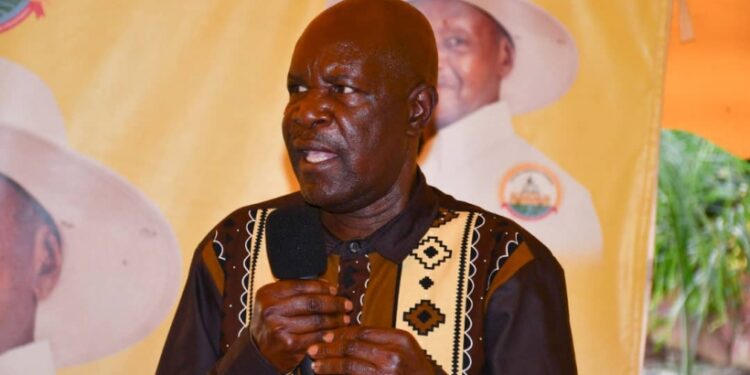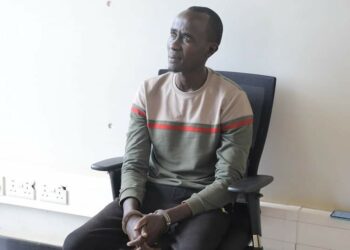I have spent the last one week traveling through Northern Teso, comprising the districts of Katakwi, Amuria, Kapelebyong, Kalaki and northerly parts of Bukedea that has gradually returned to peace, tranquility, and there are signs of small steps in social and economic rejuvenation after years of internal conflagration.
First it was internal armed rebellion against the NRM administration from 1986 to 1991, then rampaging Karimojong cattle-rustlers who have looted livestock in circles leaving in their wake massive destruction, displacements and death. In 2003 Joseph Kony’s Lord’s Resistance Army (LRA) rebels caused national embarrassment when they broke through what had been touted as an iron-defence deployment by the UPDF that left the country to call-in the Arrow Boys and Amuka militia outfits to defeat the rebellion.
After that defeat, the Karimojong cattle-rustlers remained a military, security and economic nuisance that disrupted life until last year when a massive shake up took place accompanied a sustained aggressive disarmament that now appears to be bearing a permanent solution. While there is common livestock theft, there hasn’t been any major Karimojong incursion since March 2023. People in Kapelebyong, Amuria and Katakwi have all returned to their homes from camps for displaced persons, and no longer drive their cattle into the towns to escape from possible Karimojong brutal raids, and are hopeful the tranquility will continue to hold.
Traveling through that belt one notices a positive skyline of growing stocks of improved and expanded public infrastructure like gravel and tarmac roads, water, health and education facilities as well as modernizing private enterprises and homesteads away from the grass-thatched homes some Teso elites used to describe as cultural artifacts in a false attempt to disguise their failure to facilitate modernization.
After Iganga town and turning off along Mbale road, unlike before, one begins to notice huge trucks carrying cattle, goats and sheep for the Kampala market, a positive sign that money is trickling into the villages of Teso. The day I traveled last week, I managed to count 21 such lorries, still few but encouraging. Food is bountiful here unlike decades ago when media regularly reported famine, starvation, deaths and people being advised to eat wild leaves.
When I was last in Amuria and Kapelebyong districts in August 2023, none of the top public servants-the Chairmen LCV, Chief Administrative Officers (CAOs), Resident District Commissioners (RDCs), District Police Commanders (DPCs) and District Internal Security Officers (DISOs) was present in their duty stations. When I spoke to some of them later by telephone, I found that a number were liars and lousy managers. In the case of Kapelebyong almost all top officers resided either in Amuria 45km or Soroti 85km away respectively, and so in a month they only peeped into their offices and that is how they have killed public service delivery as there is no effective planning, implementation, follow-ups or supervision.
So, if you have been asking why public service is so thin at the district levels, even when many of the districts are small that one can round them up in one day, the answer partly lies in the prevailing lethargy. Indeed, ‘remote’, back-of-beyond places like Agago, Zombo, Yumbe, Koboko, Napak, Abim, Karenga among others suffer this inertia from the lethargic public servants, and lying elected politicians many of whom know so little of what their responsibilities actually are.
In Kapelebyong, one RDC posted there rejected her transfer saying it was too remote, while another who replaced her flatly refused to formally handover office in the most recent reshuffle but were retained as RDCs! And regardless of the divisive bickering among Teso top political dogs ordinary people trudge on.
Do you have a story in your community or an opinion to share with us: Email us at editorial@watchdoguganda.com













